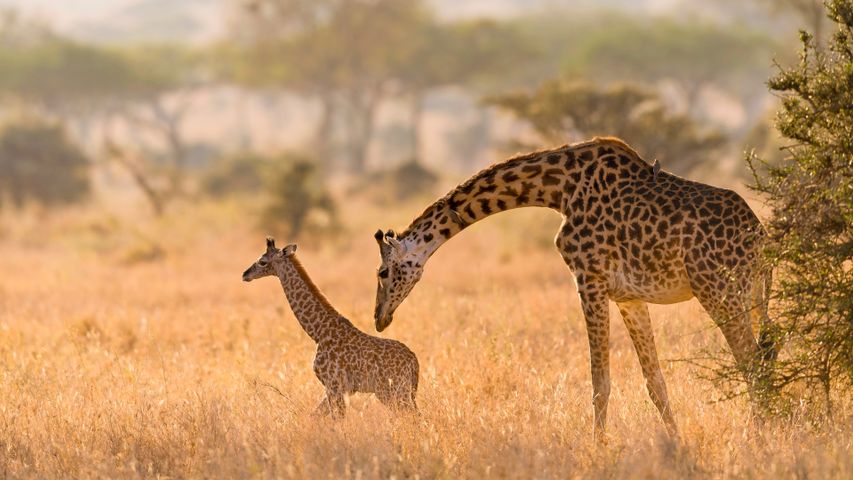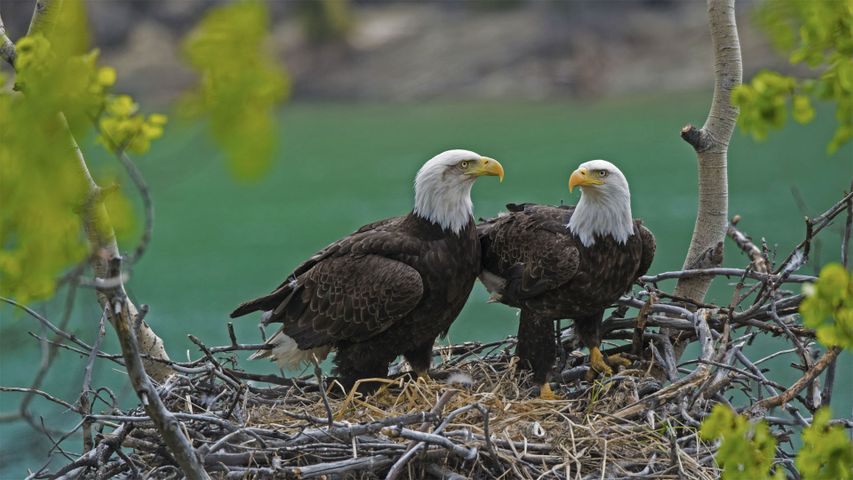Two Old World swallowtail butterflies on a flower
© Alberto Ghizzi Panizza/Getty Image
Meet for lunch?. Old World swallowtail butterflies
These Old World swallowtail butterflies enjoying a sip of nectar are admired for their beauty and their ability to pass pollen from flower to flower. There are more than 550 species of swallowtail butterfly, and their name comes from the forked appearance of their hindwings, which can be seen when the butterfly spreads its wings while resting.
Most flowering plant species need help to move their heavy pollen grains from plant to plant for fertilisation. Bees and butterflies are well known as prolific pollinators, but they’re far from the only ones. Other insect pollinators include wasps, ants, flies, moths and flower beetles. Vertebrates can pollinate certain plants, too: mainly bats and birds, but also some other mammals (monkeys, lemurs, possums, rodents) and some lizards. Long-beaked birds such as hummingbirds, honeyeaters and sunbirds pollinate deep-throated flowers.
Pollinating animals travel from plant to plant carrying pollen on their bodies, transferring critical genetic material to the reproductive system of flowering plants. These plants provide us with food and much more. Without these hard workers, humans would soon be an endangered species.
Related Images
Bing Today Images
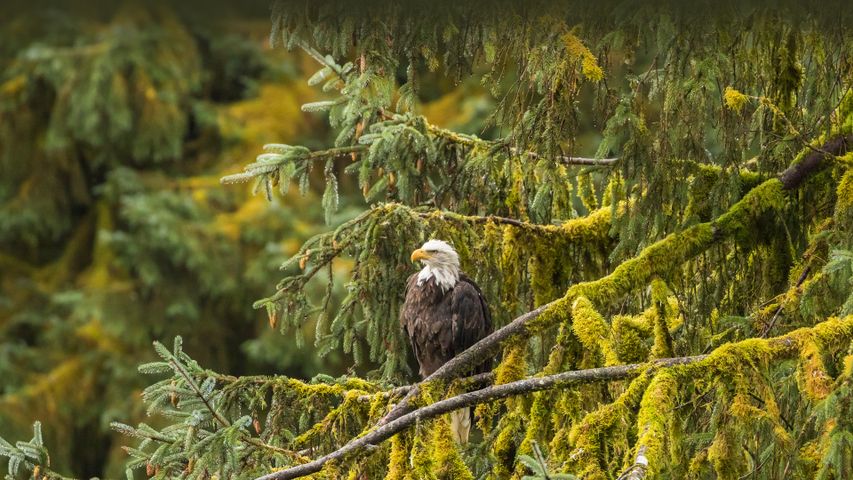
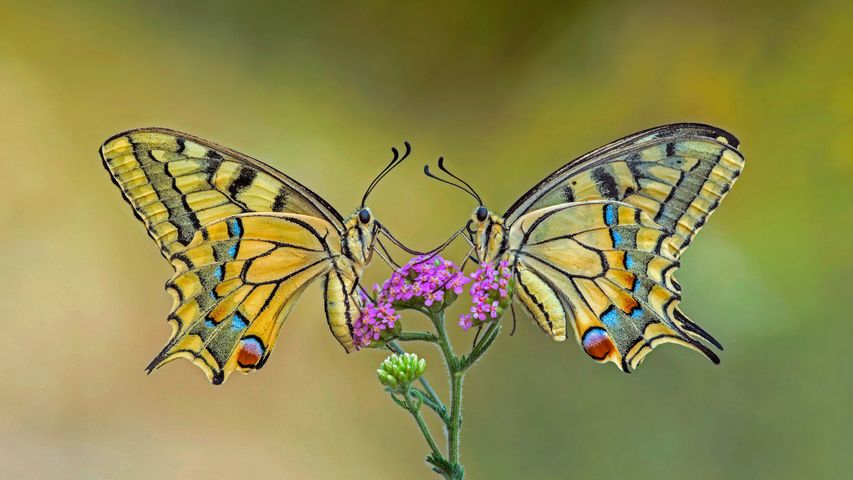
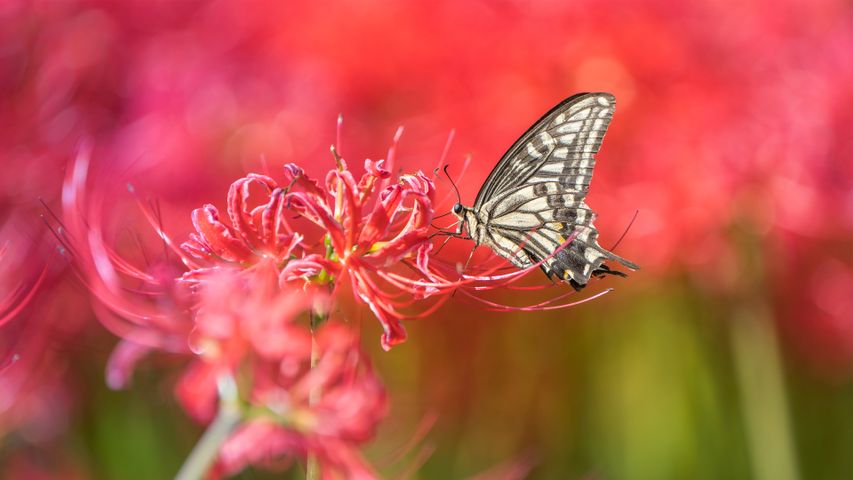 Asian swallowtail butterfly on a red spider lily
Asian swallowtail butterfly on a red spider lily
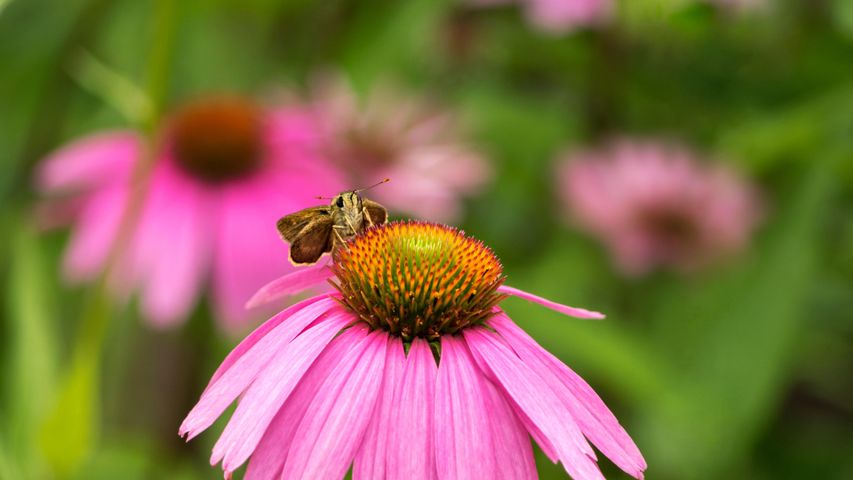 Skipper butterfly on an Echinacea flower, Rockefeller State Park, New York, United States
Skipper butterfly on an Echinacea flower, Rockefeller State Park, New York, United States
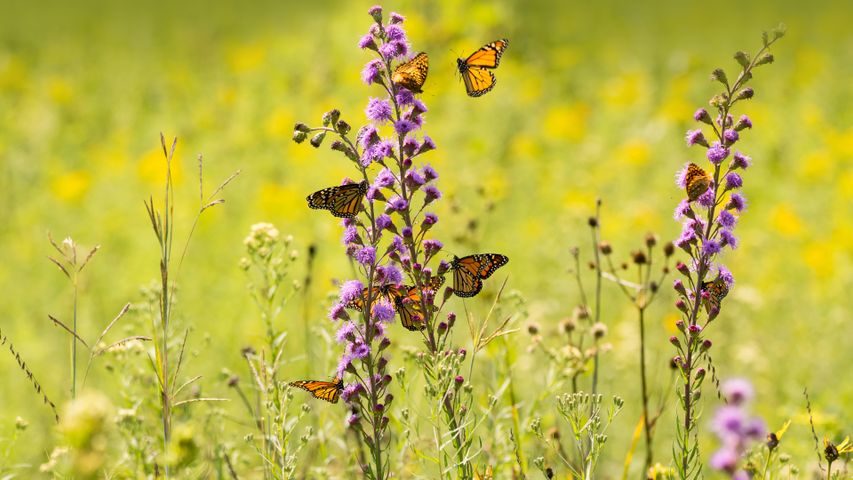 Monarch butterflies feeding from wildflowers
Monarch butterflies feeding from wildflowers
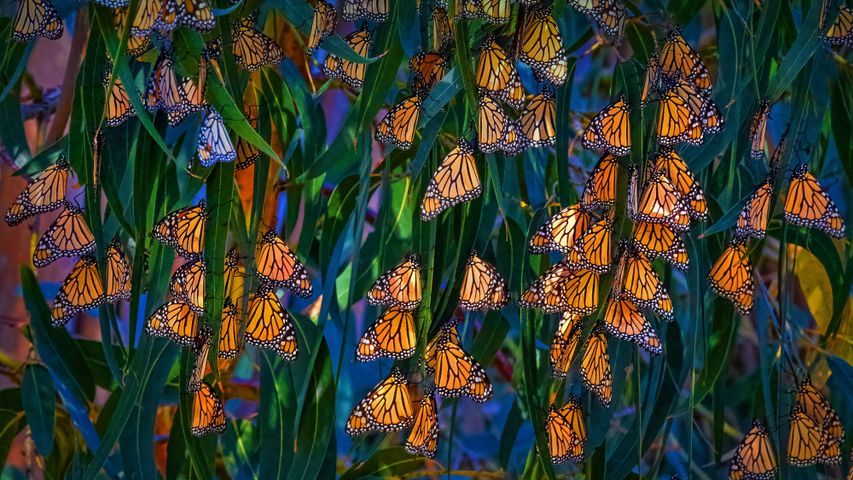 Monarch butterflies at Pismo Beach, California, USA
Monarch butterflies at Pismo Beach, California, USA
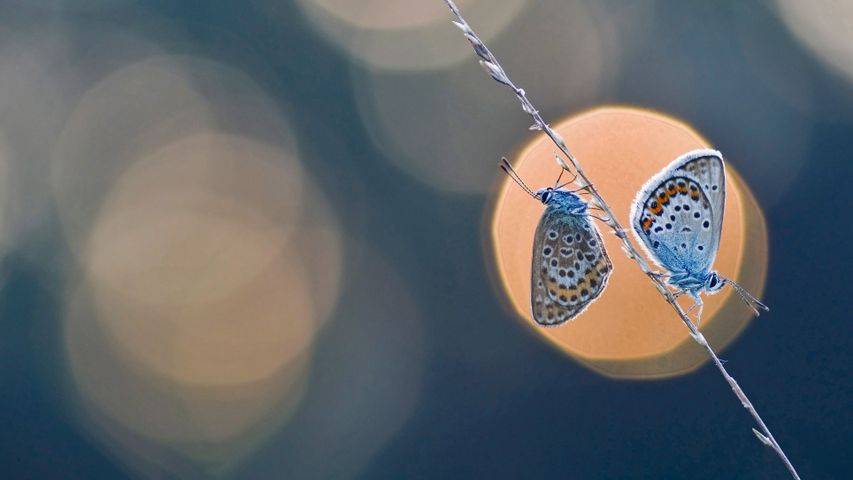 A pair of silver-studded blue butterflies
A pair of silver-studded blue butterflies
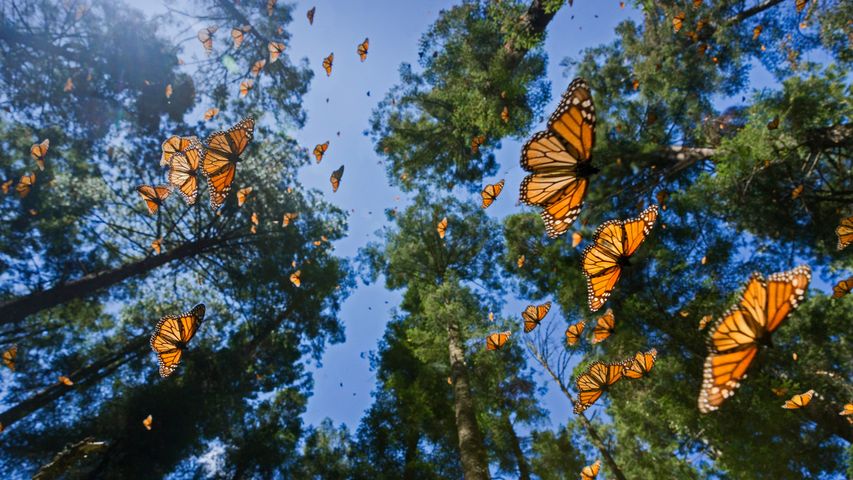 Monarch butterflies in the Monarch Butterfly Biosphere Reserve, Angangueo, Mexico
Monarch butterflies in the Monarch Butterfly Biosphere Reserve, Angangueo, Mexico
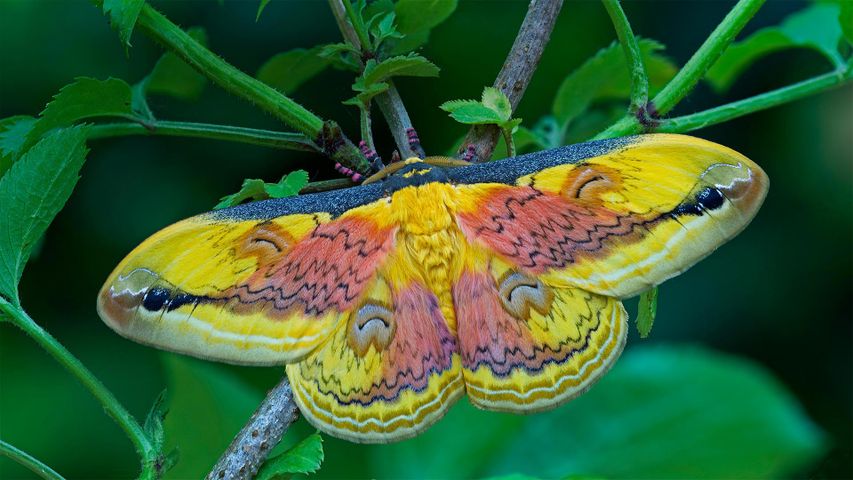 A Loepa oberthuri moth
A Loepa oberthuri moth
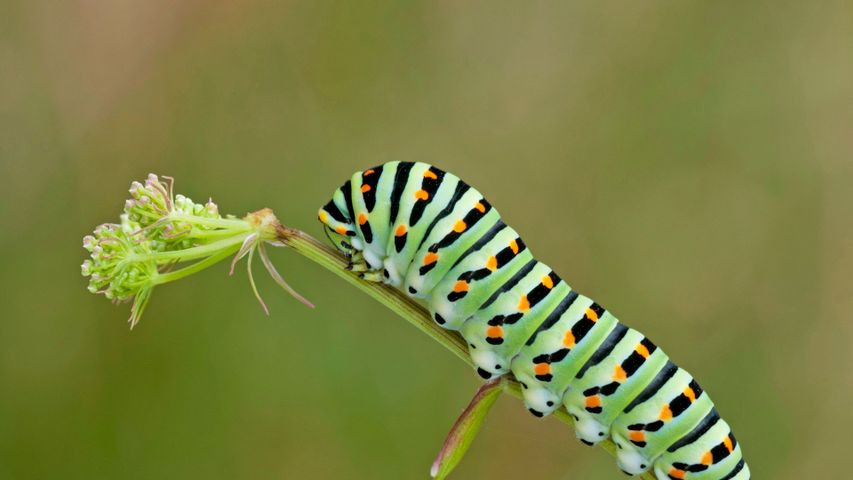 Old world swallowtail caterpillar for World Book Day
Old world swallowtail caterpillar for World Book Day
